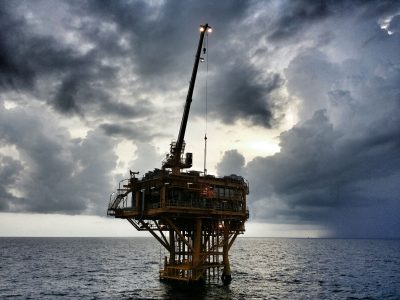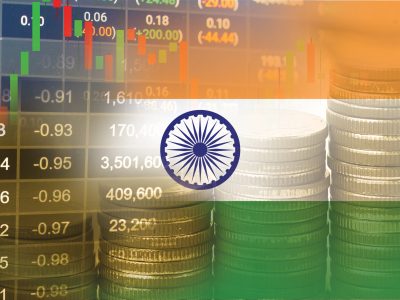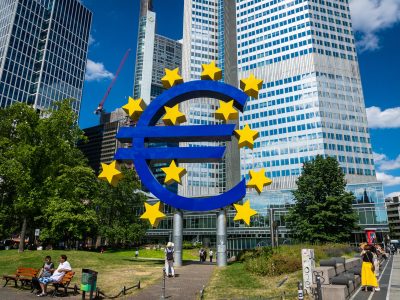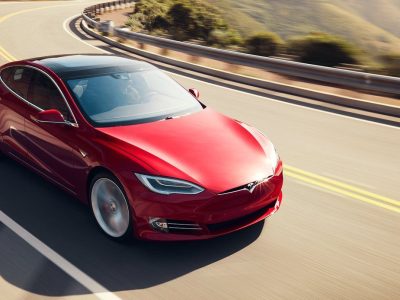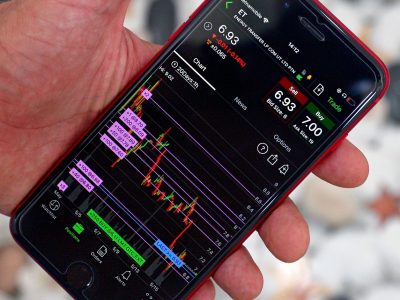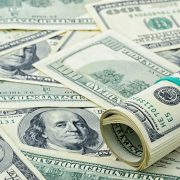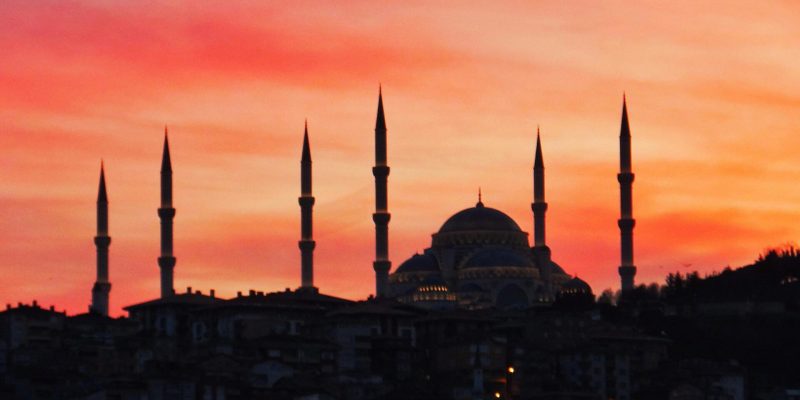
The Middle East is being reshaped, not by war, but by money and influence.
As Iran’s grip weakens, Saudi Arabia, the UAE, and Turkey are stepping in, using investment rather than ideology to expand their power.
At the same time, massive projects like the India-Middle East-Europe Economic Corridor (IMEC) are redrawing global trade routes, altering the region’s economic focus from oil to infrastructure, technology, and finance.
The old power dynamics are fading, and a new Middle East is taking shape—one driven by competition, investment, and strategic alliances.
Is Iran’s economic influence fading?
For decades, Iran used money and military support to build influence across the Middle East. It funneled cash to Hezbollah in Lebanon, Hamas in Gaza, and Bashar al-Assad’s regime in Syria.
That network is now breaking apart. One major turning point was the fall of Assad in December 2024.
Iran had poured billions into keeping him in power, but now that investment is lost.
Hezbollah is struggling financially, as Iran can no longer send cash through Syria. Hamas, weakened by war, is also facing funding shortages.
At the same time, Iran’s oil revenues are shrinking. Sanctions make it difficult to sell oil legally, and with key financial networks disrupted, the country is running out of options.
The Iranian rial recently hit its lowest-ever level against the dollar—a sign that the economy is under heavy pressure.
Iran still has influence in Yemen through the Houthis, but its regional power is far weaker than it was just a few years ago.
The Gulf states step up as the region’s new financiers
With Iran struggling, Saudi Arabia, the UAE, and Qatar are taking over as the Middle East’s main financial backers.
These countries have been pouring money into struggling economies across the region.
Between 2021 and 2022, they provided $34 billion in loans, a sharp increase from the previous two years.
Their influence is growing not through war, but through investment.
Beyond regional aid, the Gulf states are also investing heavily in their own infrastructure.
The UAE recently signed a $2.3 billion railway deal with Jordan, while Saudi Arabia has increased railway investments to over $4 billion as part of its Vision 2030 plan.
These projects are part of a broader effort to develop trade corridors, strengthen regional economies, and prepare for a future where oil is no longer the primary source of revenue.
The Gulf states are also making major bets on green energy. Solar power, green hydrogen, and industrial expansion are becoming central to their economic strategies.
The goal is to diversify their economies and position themselves as global leaders in renewable energy.
Is the India-Middle East-Europe corridor the new Silk Road?
One of the biggest economic projects that is currently ongoing in the Middle East is the India-Middle East-Europe Economic Corridor, known as IMEC.
Announced in 2023, the project aims to connect India, the Arabian Peninsula, and Europe through a combination of railways, ports, and digital infrastructure.
It is designed as an alternative to China’s Belt and Road Initiative and could significantly alter global trade patterns.
The corridor consists of three main components.
First, a maritime route will link India to the Gulf, allowing for faster and more efficient shipping of goods.
Second, a railway network will connect all six Gulf Cooperation Council (GCC) states, creating a seamless transport system across the Arabian Peninsula.
Finally, a northern land corridor will run through Jordan and Israel, providing a direct route into Europe.
If successful, this project could turn the Middle East into a major global trade hub, reducing reliance on traditional shipping routes such as the Suez Canal.
However, there are major hurdles to overcome.
The ongoing war in Gaza and repeated Houthi attacks on Red Sea shipping lanes have slowed progress.
Iran opposes the corridor, seeing it as a tool to integrate Israel into the region while isolating Tehran.
Turkey has also voiced concerns, with President Erdoğan insisting that there can be no corridor without Turkish involvement.
Egypt, which depends heavily on revenue from the Suez Canal, fears that IMEC could divert shipping away from its waters, further straining its fragile economy.
Nevertheless, trade between India and the UAE has already surged by 93 percent since 2022, highlighting the demand for alternative routes.
How does the US fit into all this?
The United States initially backed IMEC under the Biden administration, seeing it as a counterweight to China’s influence in global trade.
However, with Donald Trump returning to office, the US role in the project is less certain.
Unlike Biden, who actively pushed for regional integration, Trump’s strategy appears to focus on delegating more responsibility to regional players while keeping direct US involvement minimal.
Trump is expected to support Saudi Arabia, the UAE, and Israel in leading the project while pushing for long-term ceasefires in Gaza and Lebanon to ensure trade routes remain stable.
At the same time, he is likely to increase pressure on Iran to prevent it from disrupting IMEC’s development.
While Trump has strong relationships with leaders such as Indian Prime Minister Narendra Modi and Italian Prime Minister Giorgia Meloni, his administration may not prioritize IMEC given other pressing global issues, including tensions with China and the ongoing war in Ukraine.
Ultimately, the success of IMEC will depend less on US leadership and more on how well Gulf states, India, and Europe can work together to build and maintain the corridor.
What’s next for the Middle East?
The Middle East’s economic power is changing. Iran’s influence is declining, while the Gulf states are emerging as the region’s dominant financial players.
Turkey is pushing for a bigger role, and IMEC could transform global trade if it can overcome political and security challenges.
The key question is whether the region can maintain stability.
If wars in Gaza, Lebanon, and Yemen continue, economic projects like IMEC will struggle to take off.
However, if the Middle East continues moving from conflict-driven politics to investment-driven growth, it could become a major force in global trade in the coming decades.
The transformation is already underway. What remains to be seen is whether the region’s leaders can sustain it.
The post The Middle East’s new economic order: who wins and who loses? appeared first on Invezz

